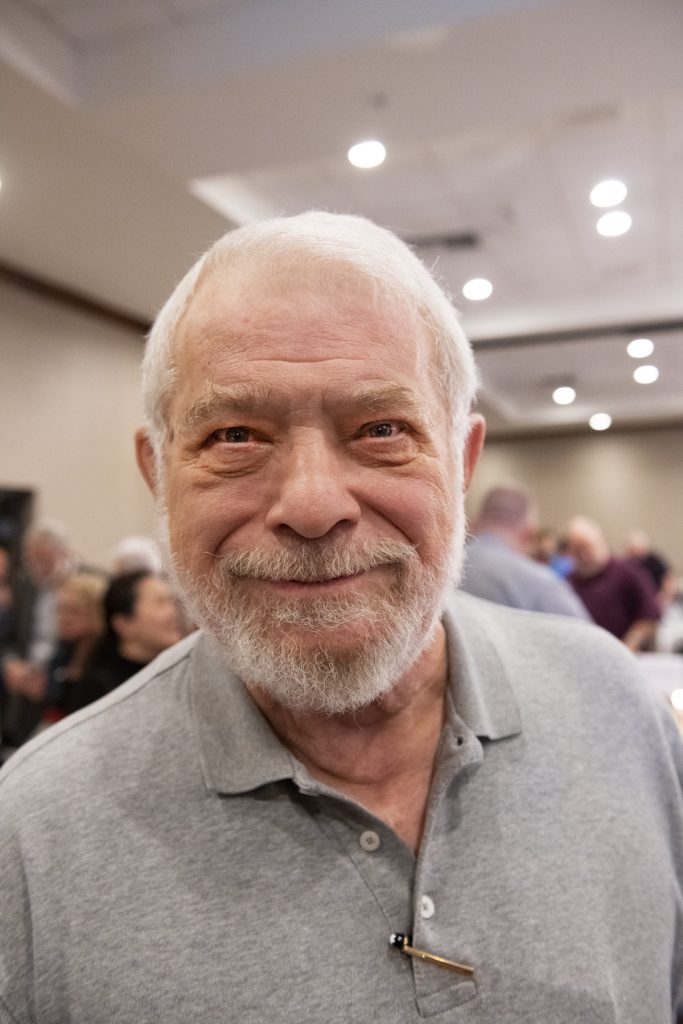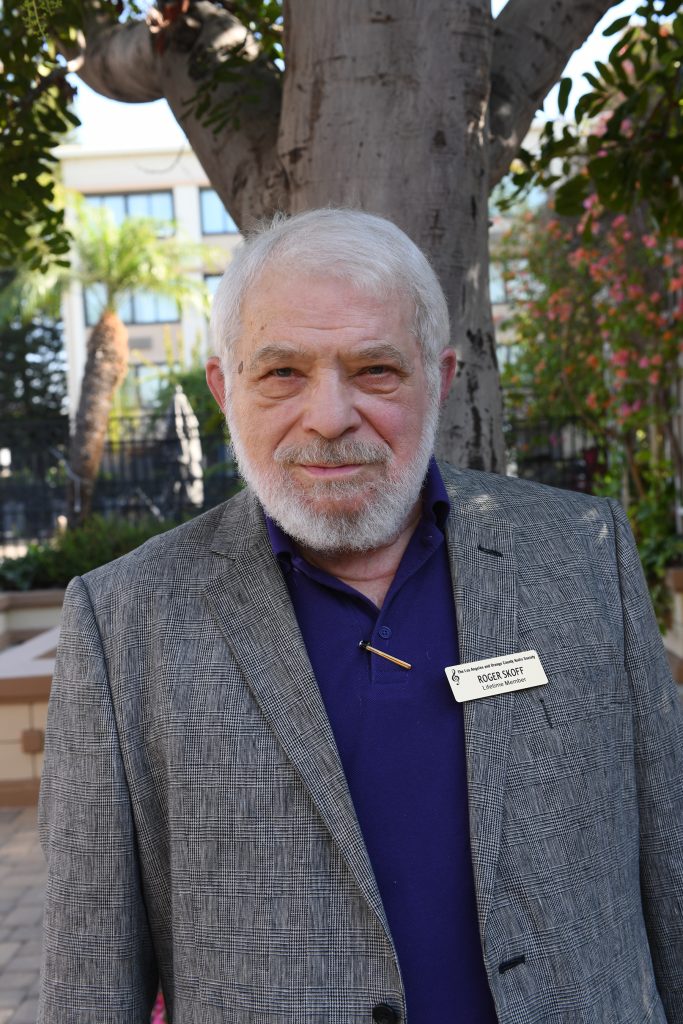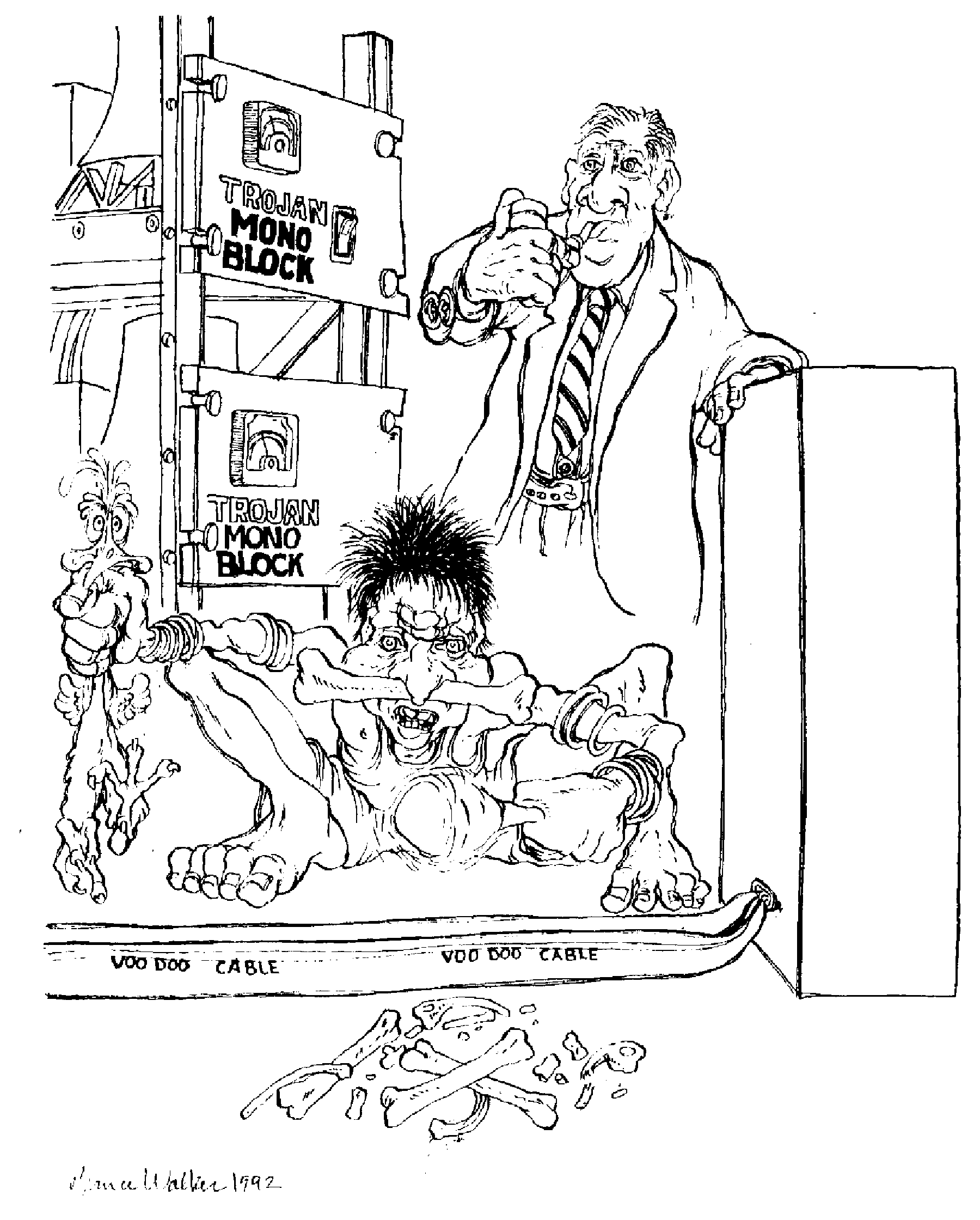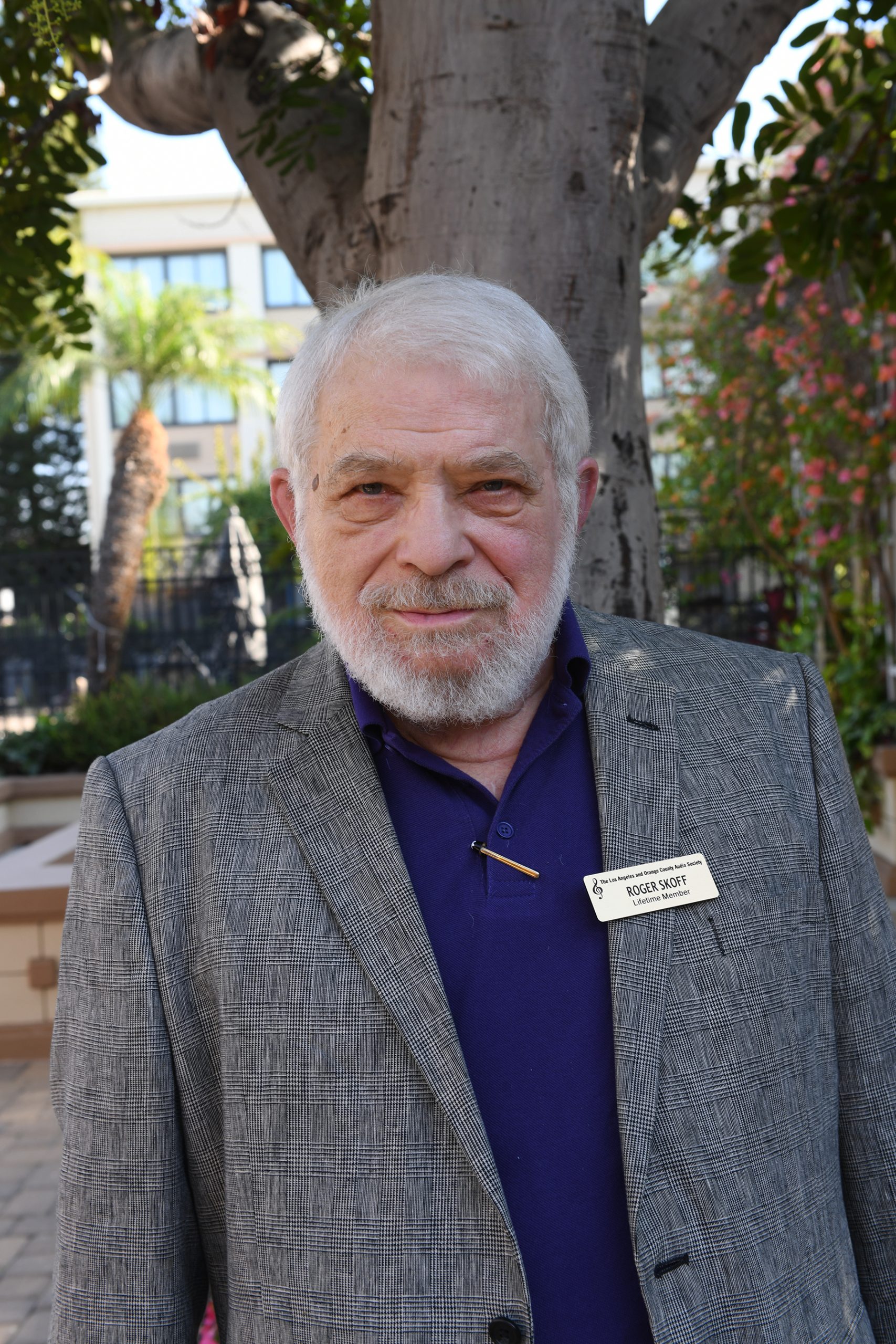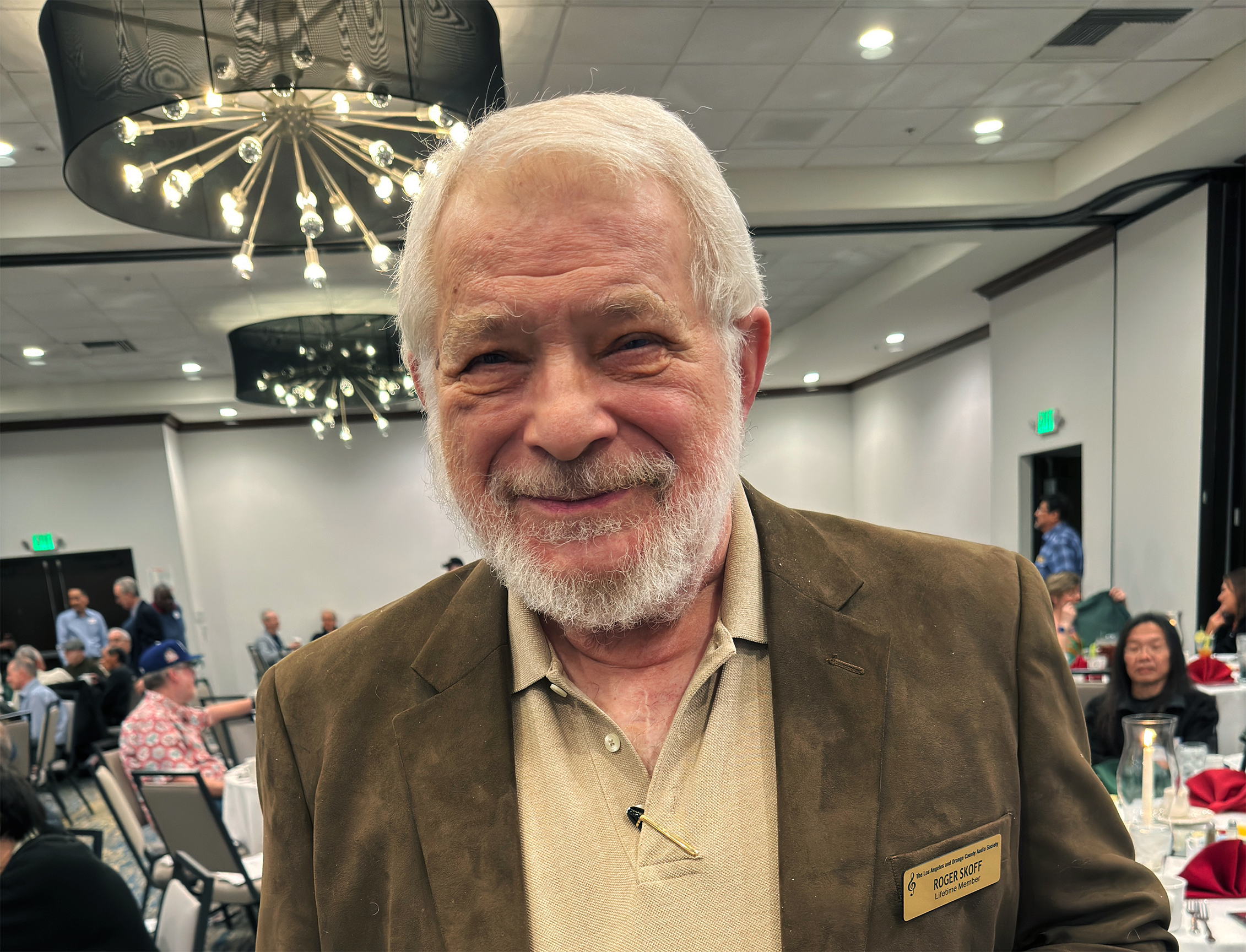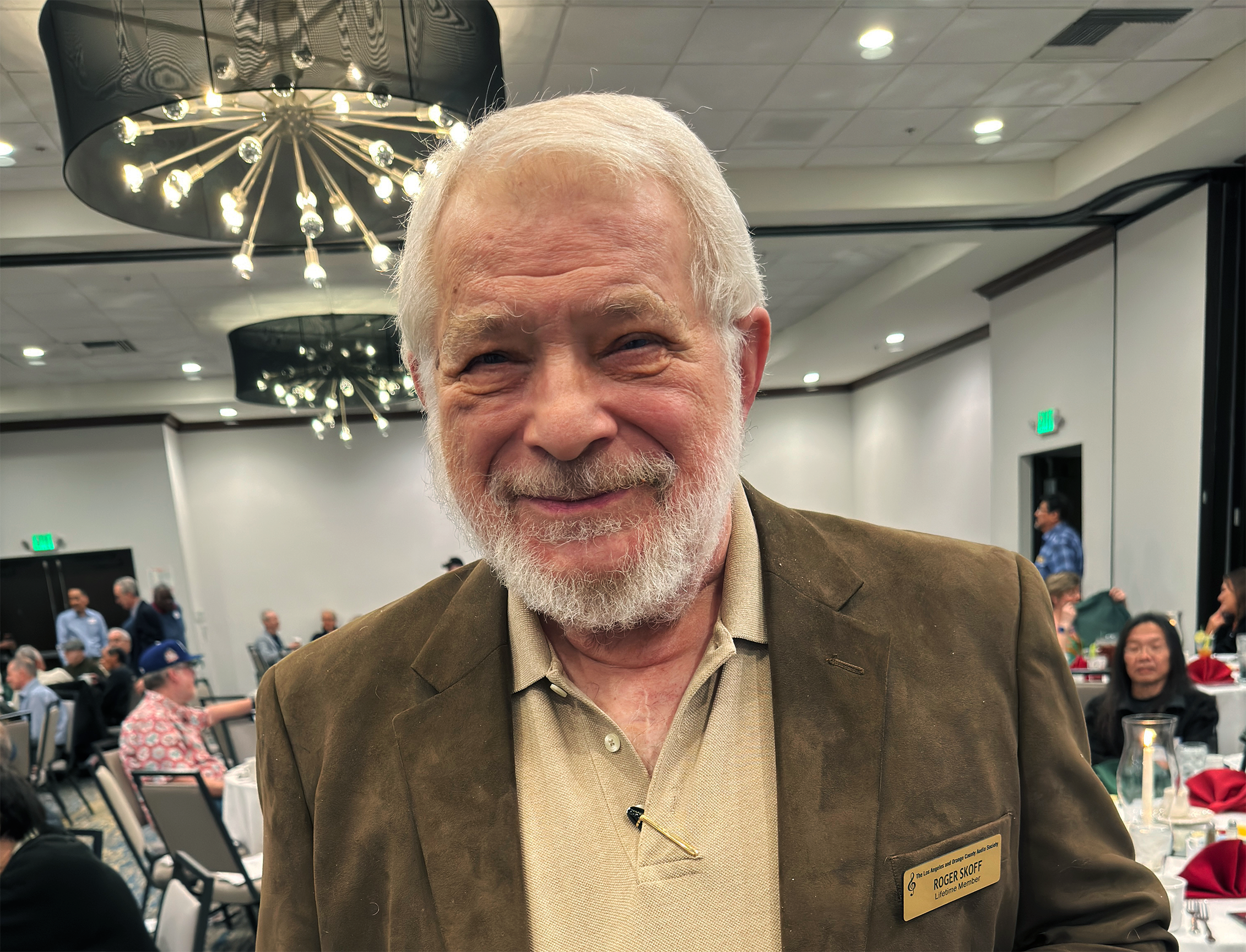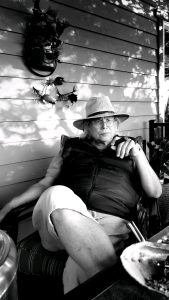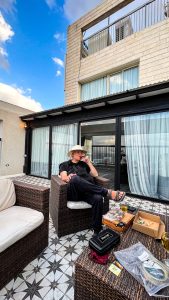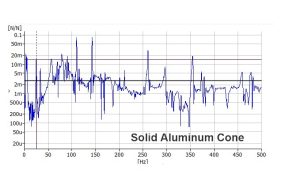I'm not a skier. It's not that I don't know how—I've actually taken a total of three "dry land" ski courses so, if I were to try, I might not crash too often before I actually got the hang of it.
I've never tried, though. The cost in time, money, on-site instruction, and unlikely-but-possible injury seems greater than any fun that I might expect to have could ever justify. The cost of everything about skiing seems—at least to me as an outsider—dauntingly high. When potentially breaking a leg costs at least hundreds (and maybe even thousands) of dollars, for the trip, the hotel bill, the lift ticket, the clothing, an on-site refresher course of instruction, and even just rented gear, whatever fun might be involved seems to be outnumbered by pictures of Benjamin Franklin (the face on the US $100 bill), and I never quite get around to doing it.
Simply costing too much to get started seems to be a factor in HiFi, too. We often hear talk of the need to attract new people to our hobby, but have you taken a look lately at what the cost of a new HiFi system is up to? Particularly, with cables—the products manufactured by my company—people not already into the hobby learn how much they cost, and are mind-boggled. They think of wire as something you buy at a hardware store, and even cables that audiophiles see as being very modestly priced appear, to them, as outrageously expensive.
One of the questions High-End audio manufacturers regularly get from amazed non-audiophiles is, "Who buys stuff like that? Is it just for professionals?" That might be asked about practically anything, from a pair of budget cables at $50 or $100, to use instead of the "throwaway" free ones that come (or at least used to come) with some low-priced electronics, all the way up to the very, most expensive home High-End audio gear of whatever kind. And the answer to that question is, no, it's practically never the pros who buy the very most expensive stuff; those sales are almost always to big budget audiophiles for home use, and may (depending on what it is) be way too expensive for the pros to ever even consider.
To a very large degree, the cost of High-End audio is high because it has to be: The companies that manufacture it tend not to sell it in large volume, so their costs—for parts, labor, shipping and overhead, and even sales and promotion—tend to be high, even if only because they can't take advantage of the economies of scale available to more major firms.
Delivering higher performance costs, too. The differences in cost between parts that are good and parts that are just good enough can be tremendous. And there's also the fact that, if a product needs to be expensive, it also needs to look and feel expensive, or people simply won't buy it. That drives prices up, too, and because the cost of entry can seem too high, the very things that are intended to attract them may be keeping potential new audiophiles away.
So, what are we to do to bring new people into the fold?
Well, think about skiing. It wasn't always a rich man's sport. In fact, in the beginning, it's possible that it wasn't a sport at all, but a way of getting around in snowy winter weather. That meant that ordinary people had to have a way to do it, and they found one: they strapped barrel staves to the bottoms of their boots and, although that was about as far as it could be from modern championship skiing, it got them around and gave them the incentive to both build their skills and to come up with something better.
Hmm…does that sound familiar? Give somebody a useful thing for cheap; get them to use it, to depend on it and, eventually, to improve it to where it becomes an Olympic sport? To me, that sounds just like HiFi, and like what happened in my own course of becoming a High-End audio enthusiast, an audio manufacturer, and a writer for these pages.
As a kid, I started with used gear and whatever I could scrounge or build myself, including a number of Heath and EICO kits. Then, once hooked, I kept adding and changing things over time until, today, my system is among the better ones I've heard, regardless of price.
Used gear is a great way for newbies to get started. Like a barrel stave for skiing, buying High-End gear used can give people a feeling of what it's all about without making the commitment and going to the expense of buying a new system of equal performance.
Besides that, brands like iFi, Schiit Audio, and others are already doing a—sometimes phenomenal—job of getting new higher-performance electronics to new buyers, and low-priced speakers like the ones designed by Andrew Jones are giving people a near approximation of the High-end experience. Headphones—some of which are quite good at quite modest prices—are also showing people that not all good sound is beyond their price-point. And new low-cost, good performance turntables and phono cartridges seem to be coming to market practically every month.
The point is to get started. From then on, some people will become new audiophiles and join us in our hobby. Some won't, but all will enjoy their music in better sound. It just takes that first barrel stave to find out.




